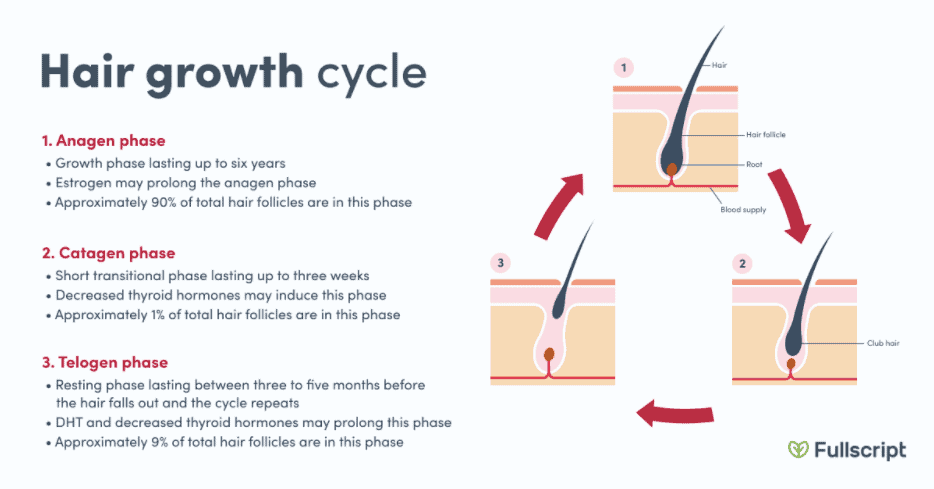Are you feeling a bit wobbly after your cruise? Wondering how long it will take for your sea legs to go away? You're not alone. Many cruise-goers experience a phenomenon known as "sea legs" after disembarking from a ship. In this article, we'll explore how long sea legs last after a cruise and provide some tips for getting back on solid ground.
After spending days or even weeks at sea, it's not uncommon to feel a bit off balance once you're back on land. Sea legs refer to the feeling of still being on a moving ship, even though you're on solid ground. This can cause dizziness, unsteadiness, and a general sense of disorientation. It's a temporary condition that typically resolves on its own, but it can be frustrating to deal with in the meantime.
The duration of sea legs varies from person to person, but most people find that their symptoms start to improve within a few days to a week after disembarking from a cruise. However, it's not uncommon for some individuals to continue experiencing mild symptoms for up to a month. If you're still feeling off balance after a month, it may be worth consulting with a healthcare professional to rule out any underlying medical conditions.
Personal Experience: Dealing with Sea Legs
During my recent cruise vacation, I found myself struggling with sea legs for several days after returning home. I felt a constant sensation of being on a rocking ship, which made it difficult to walk and perform everyday tasks. It was disorienting and frustrating, but I knew it was a normal part of the post-cruise experience. To help alleviate my symptoms, I followed some simple tips.
First, I made sure to give myself plenty of rest and relaxation. I allowed my body time to adjust to being back on land and didn't push myself too hard. I also found that staying hydrated and eating healthy meals helped to improve my overall well-being. Additionally, I incorporated gentle exercises, such as yoga and stretching, into my daily routine to help retrain my balance system.
History and Myth of Sea Legs
The concept of sea legs has been around for centuries. Sailors and seafarers have long reported feeling unsteady on land after spending extended periods of time at sea. It was believed that these symptoms were caused by the brain becoming accustomed to the motion of the ship and needing time to readjust to stable conditions. While there is some truth to this theory, modern science suggests that sea legs are actually caused by a mismatch between the sensory input received by the brain.
The Hidden Secret of Sea Legs
One of the hidden secrets of sea legs is that they can be exacerbated by certain factors. For example, if you suffer from motion sickness while on the cruise, your symptoms may be more severe and last longer. Additionally, individuals with pre-existing balance disorders or inner ear conditions may be more susceptible to experiencing prolonged sea legs. Understanding these factors can help you better manage your symptoms and take appropriate steps to alleviate them.
Recommendation for Dealing with Sea Legs
If you're dealing with sea legs after a cruise, there are several recommendations that may help alleviate your symptoms. First, try to gradually reintroduce yourself to stable ground by spending time in environments with minimal movement, such as a park or your backyard. Avoid activities that can worsen your symptoms, such as excessive walking or standing for long periods of time. Additionally, consider using over-the-counter remedies, such as ginger or motion sickness bands, to help manage any residual nausea or dizziness.
Understanding the Science Behind Sea Legs
Sea legs are believed to be caused by a sensory mismatch in the brain. When you're on a moving ship, your eyes, inner ears, and sensory receptors in your muscles and joints send signals to your brain that you're in motion. However, once you're back on land, your eyes may see a stationary environment, while your inner ears and sensory receptors may still be detecting motion. This mismatch can lead to feelings of dizziness and unsteadiness.
Tips for Dealing with Sea Legs
If you're experiencing sea legs after a cruise, here are some tips to help you get back on solid ground:
- Take it slow and give yourself time to adjust
- Stay hydrated and eat nutritious meals
- Incorporate gentle exercises, such as yoga or stretching, into your routine
- Avoid activities that can worsen your symptoms, such as excessive walking or standing
- Consider using over-the-counter remedies, such as ginger or motion sickness bands, to manage symptoms
What If Sea Legs Persist?
If your sea legs symptoms persist for more than a month or are accompanied by severe dizziness, it's important to consult with a healthcare professional. They can help determine if there are any underlying medical conditions contributing to your symptoms and provide appropriate treatment.
Fun Facts About Sea Legs
Did you know that some people are more susceptible to sea legs than others? It's believed that individuals with a higher sensitivity to motion or a history of motion sickness may be more prone to experiencing sea legs after a cruise. Additionally, certain medications, such as those used to treat Parkinson's disease or inner ear disorders, can increase the likelihood of developing sea legs.
Conclusion
In conclusion, sea legs can be a temporary but frustrating condition that many people experience after a cruise. While the duration of sea legs varies from person to person, most individuals find that their symptoms improve within a few days to a week. By following some simple tips, such as resting, staying hydrated, and incorporating gentle exercises, you can help alleviate your symptoms and get back to feeling steady on your feet.

No comments:
Post a Comment